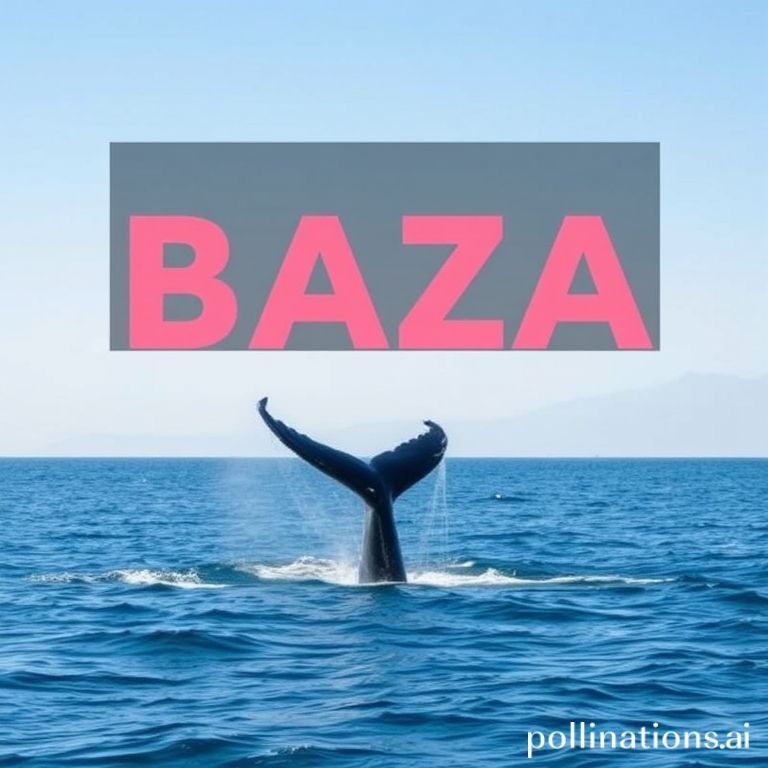Baja California, a long, sun-drenched peninsula stretching south from California, is renowned for its stunning landscapes, vibrant culture, and incredible marine life. Among the most spectacular experiences Baja offers is whale watching. Each year, thousands of whales, primarily gray whales, migrate to the warm, protected waters of Baja California to breed and give birth. Witnessing these gentle giants in their natural habitat is an unforgettable adventure that draws visitors from around the globe.
This comprehensive guide will provide you with everything you need to know to plan your own whale watching adventure in Baja California. From the best times to visit and the prime locations to the types of whales you might encounter, you’ll be well-prepared to make the most of this incredible experience.
Best Time to See Whales in Baja
The whale watching season in Baja California typically runs from December to April. This is when gray whales make their annual migration from the Arctic feeding grounds to the warmer waters of Baja to breed and calve. Peak season is generally considered to be January, February, and March. During these months, the whales are most abundant, and you’ll have the highest chance of seeing them up close.
Factors Affecting Whale Sightings
- Weather Conditions: Calm seas and clear skies are ideal for whale watching. Rough seas can make it difficult to spot whales and can also lead to tour cancellations.
- Tidal Activity: Tides can influence whale behavior and distribution. Local tour operators are knowledgeable about how tides affect whale sightings in specific areas.
- Water Temperature: Whales prefer warmer waters for breeding and calving. As the water temperature rises in the spring, they begin their journey back north.
Top Whale Watching Locations in Baja
Baja California boasts several prime whale watching locations, each offering a unique experience. Here are some of the most popular:
Laguna Ojo de Liebre (Scammon’s Lagoon)
Located on the Pacific coast, Laguna Ojo de Liebre is one of the largest and most important breeding lagoons for gray whales. It is a designated UNESCO World Heritage Site and offers exceptional opportunities for close encounters with whales, including mothers and calves. Guided boat tours are available, and visitors can also observe whales from shore.
Bahía Magdalena (Magdalena Bay)
Bahía Magdalena is another major breeding ground for gray whales, offering a more sheltered environment compared to Laguna Ojo de Liebre. The bay’s calm waters and intricate network of channels make it ideal for whale watching tours. In addition to gray whales, you may also spot dolphins, sea lions, and various bird species.
Laguna San Ignacio
Laguna San Ignacio is known for its particularly friendly whales. Gray whales in this lagoon are known to approach boats and interact with humans, creating unforgettable experiences. The lagoon’s remote location adds to its charm, offering a more intimate and less crowded whale watching experience.
Cabo San Lucas
While primarily known for its resorts and nightlife, Cabo San Lucas also offers whale watching opportunities. Humpback whales are commonly seen migrating through the waters off Cabo, and you may also spot gray whales. Tours typically depart from the marina and offer views of the iconic El Arco rock formation in addition to whale sightings.
Types of Whales You Might See
While gray whales are the most common species seen during the whale watching season in Baja California, other whale species may also be encountered.
Gray Whales
The gray whale is the star of the Baja whale watching season. These baleen whales undertake one of the longest migrations of any mammal, traveling thousands of miles from their Arctic feeding grounds to the warm lagoons of Baja California. Gray whales are known for their barnacle-encrusted skin and their playful behavior, often breaching and spyhopping (raising their heads above the water).
Humpback Whales
Humpback whales are another common sight in Baja California, particularly around Cabo San Lucas. These acrobatic whales are known for their breaching behavior and their haunting songs. Humpbacks migrate to Baja to breed and give birth, and they can often be seen putting on spectacular displays.
Blue Whales
Although less common than gray and humpback whales, blue whales, the largest animals on Earth, can also be seen in the waters off Baja California. These magnificent creatures are typically observed in the Gulf of California (Sea of Cortez) during the spring months.
Tips for Responsible Whale Watching
Whale watching is a privilege, and it’s important to do it responsibly to minimize disturbance to these magnificent creatures. Here are some tips:
- Choose a Reputable Tour Operator: Select a tour operator that follows responsible whale watching guidelines and prioritizes the safety and well-being of the whales.
- Maintain a Safe Distance: Keep a respectful distance from the whales to avoid disturbing their natural behavior.
- Avoid Loud Noises: Refrain from making loud noises or sudden movements that could startle the whales.
- Don’t Feed the Whales: Feeding whales can disrupt their natural feeding habits and make them dependent on humans.
- Respect the Environment: Avoid littering and dispose of waste properly to protect the marine environment.
Conclusion
Whale watching in Baja California is an extraordinary experience that offers a glimpse into the lives of these majestic creatures. By choosing the right time and location, and by following responsible whale watching practices, you can create memories that will last a lifetime. Whether you’re a seasoned whale enthusiast or a first-time visitor, Baja California promises an unforgettable encounter with the gentle giants of the sea.
Ready to experience the magic of Baja? Share this article with your friends and family, and start planning your whale watching adventure today!
IMAGE: A scenic shot of a gray whale breaching in the calm, turquoise waters of Laguna Ojo de Liebre, Baja California. The whale’s barnacle-covered skin is visible, and the background shows a clear blue sky with a few wispy clouds. Several small whale watching boats are positioned respectfully in the distance. The overall mood is peaceful and awe-inspiring, captured in a naturalistic, documentary style.


